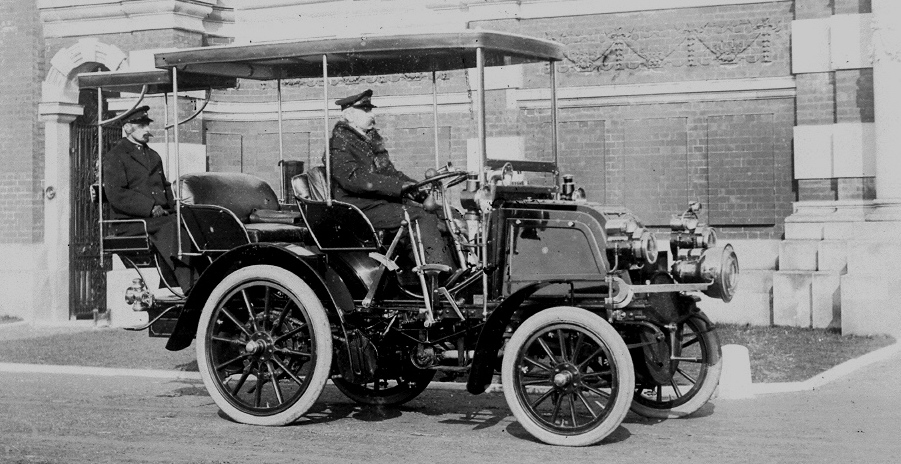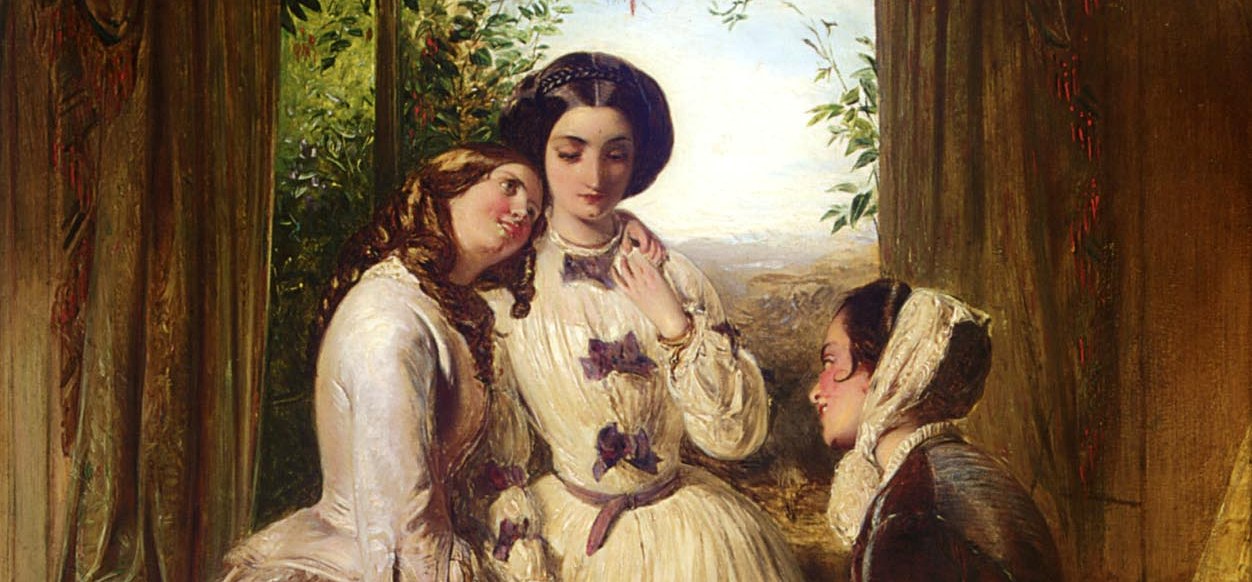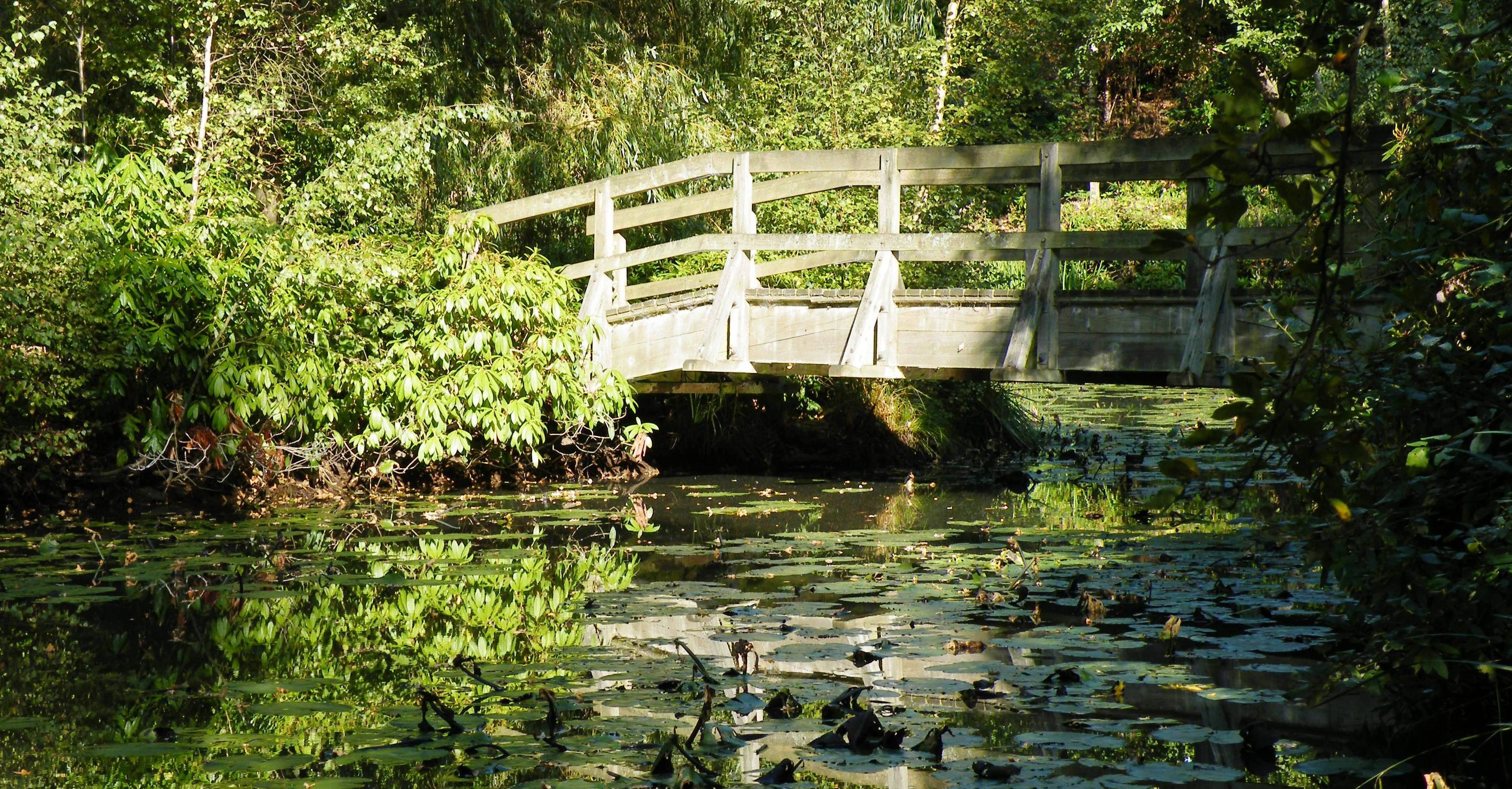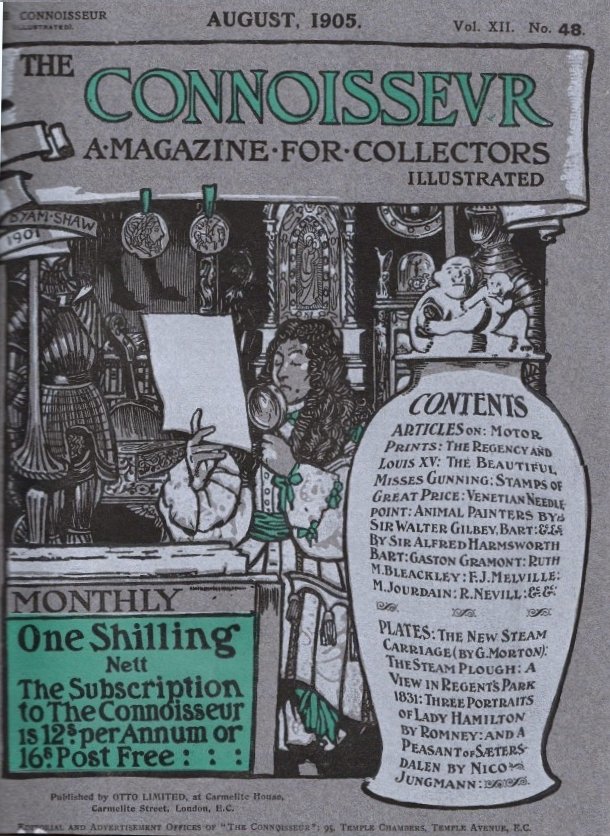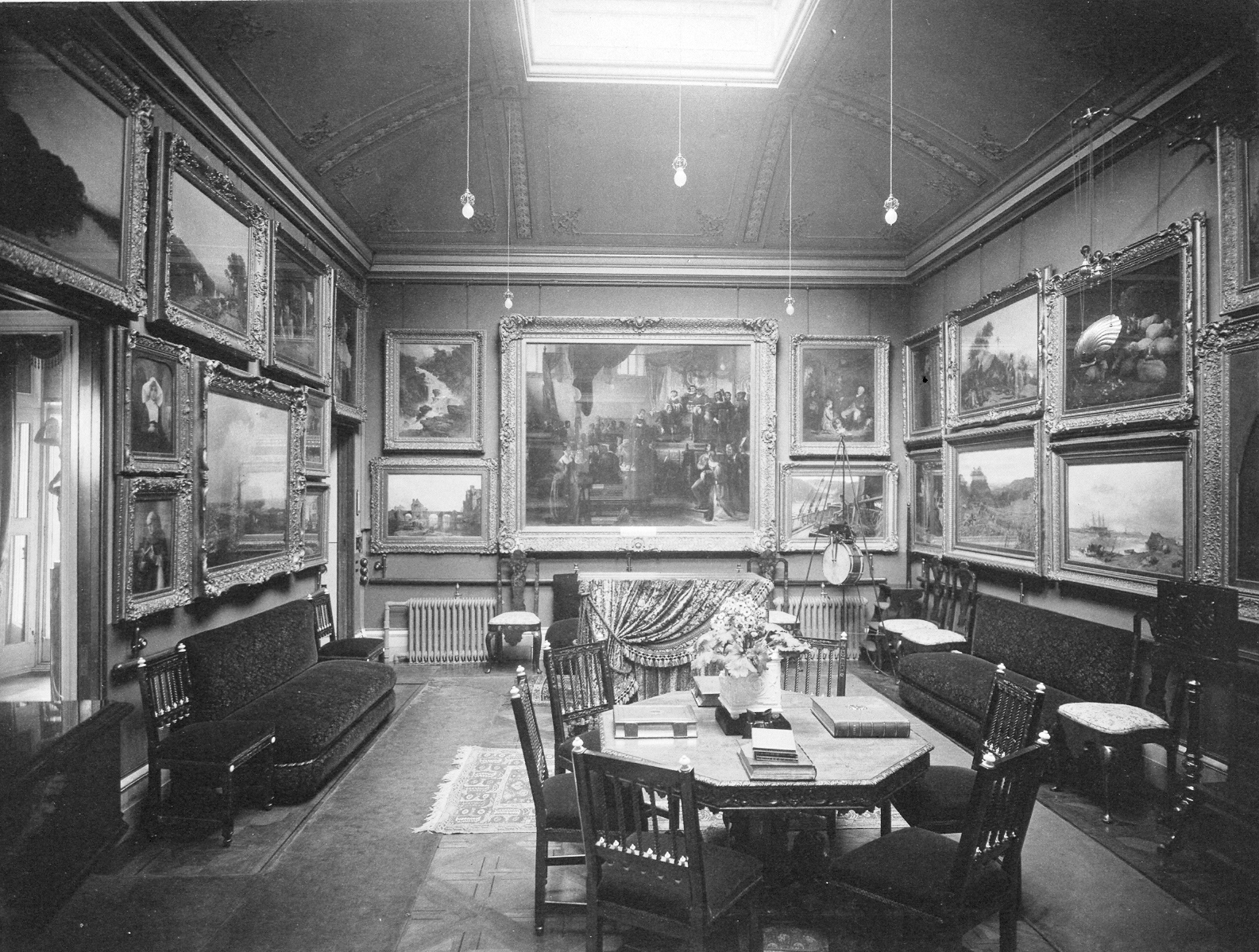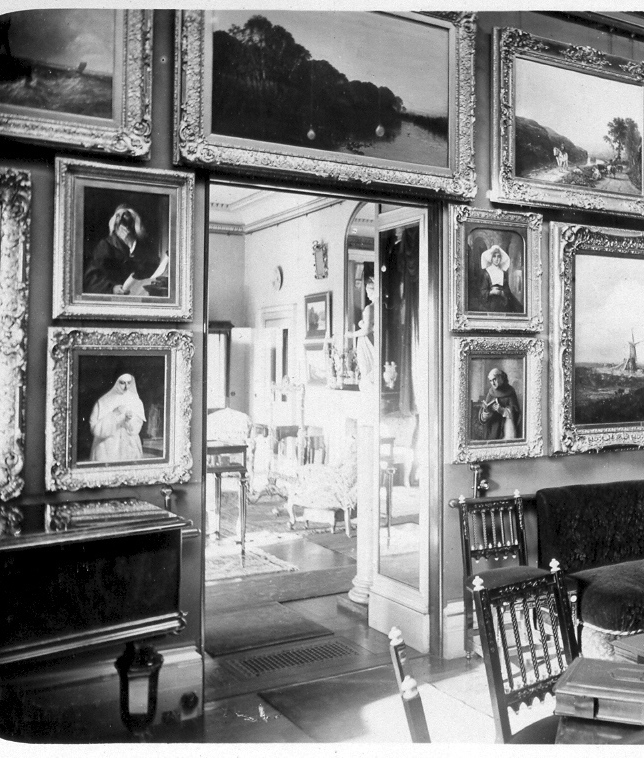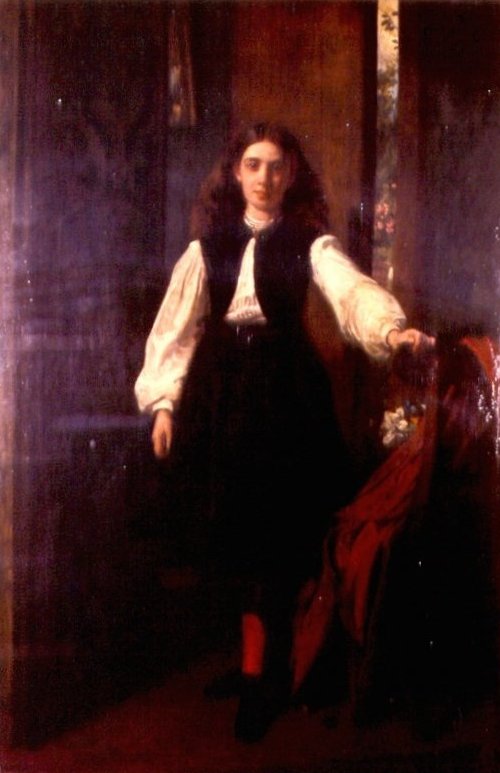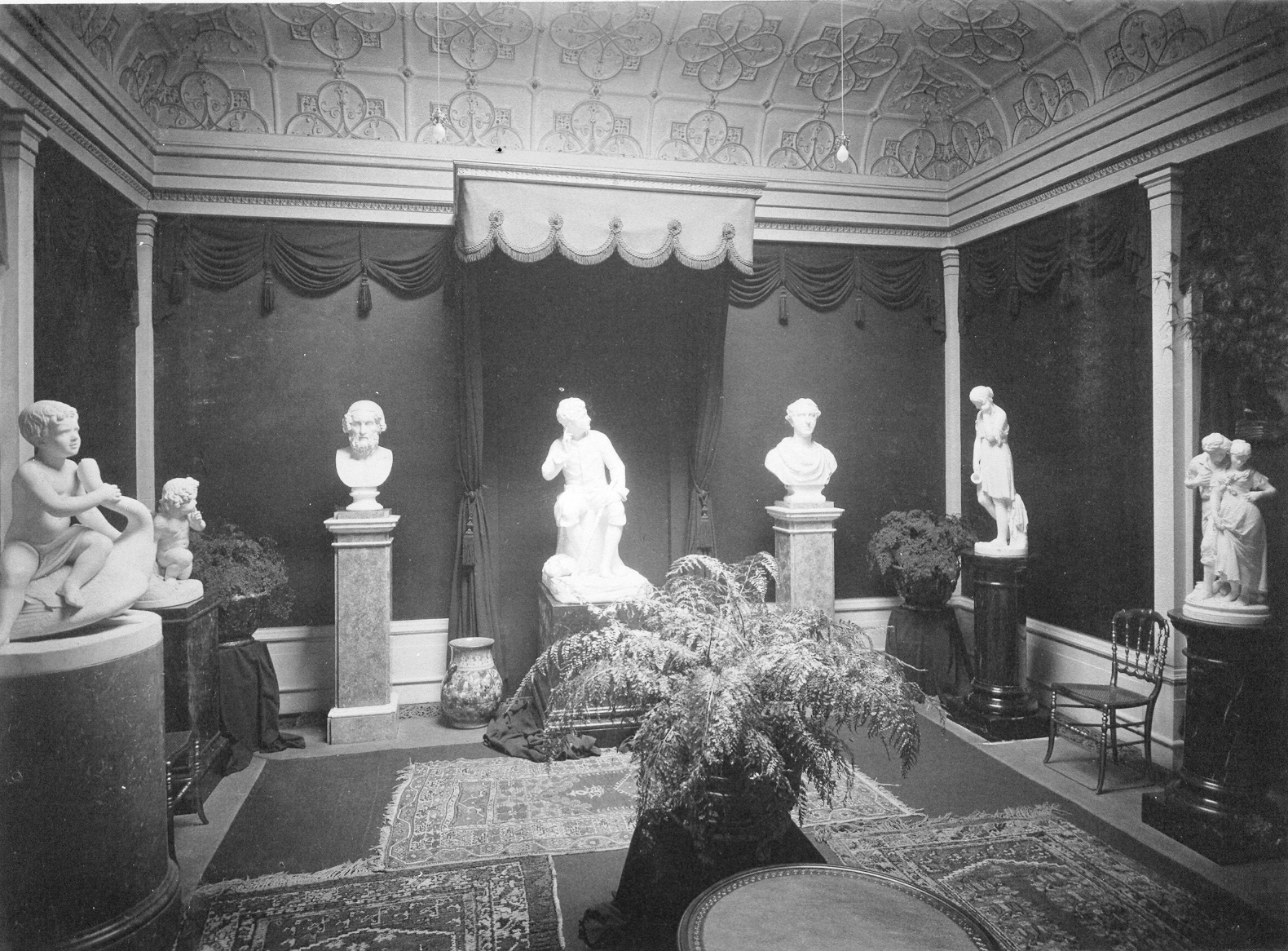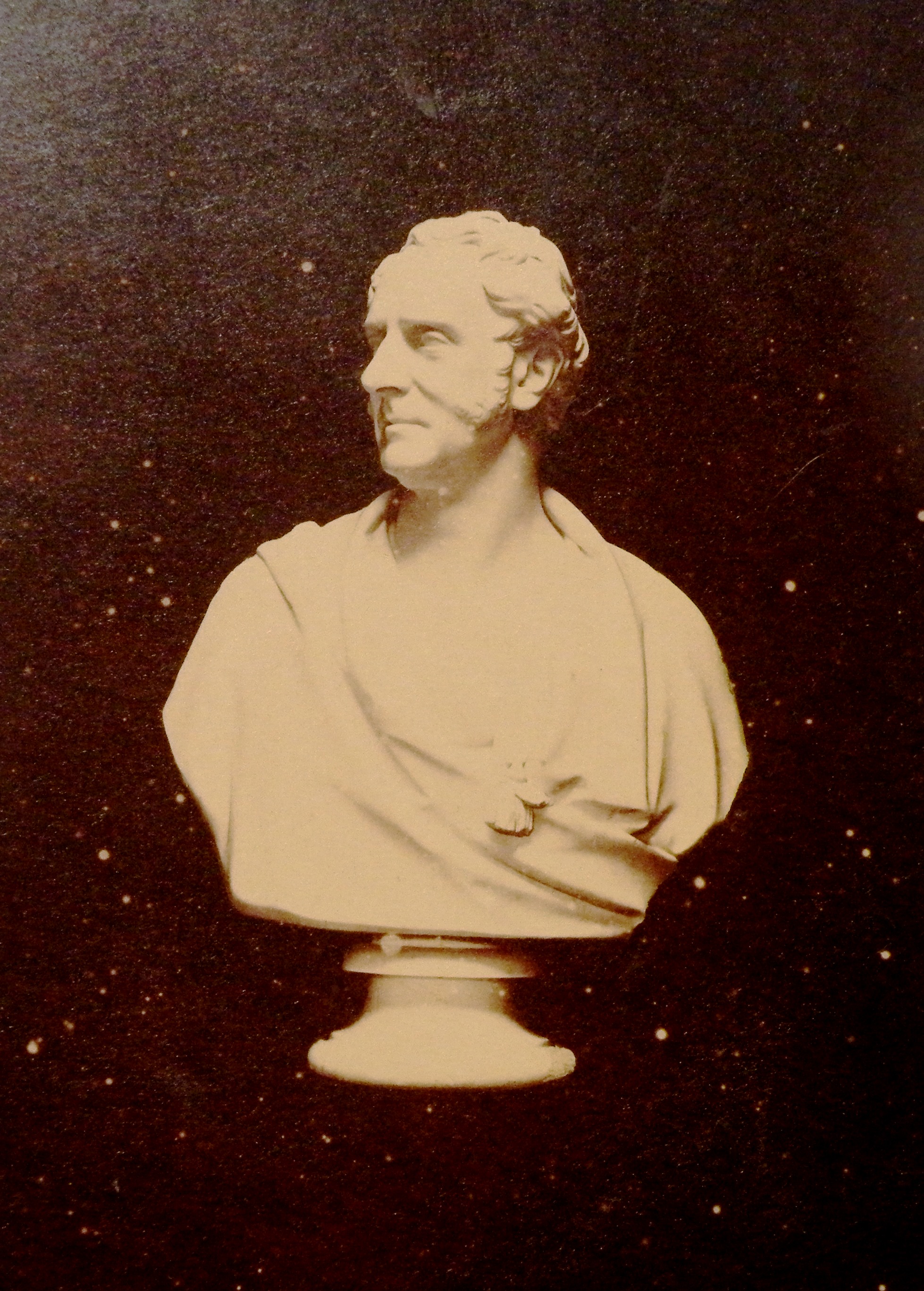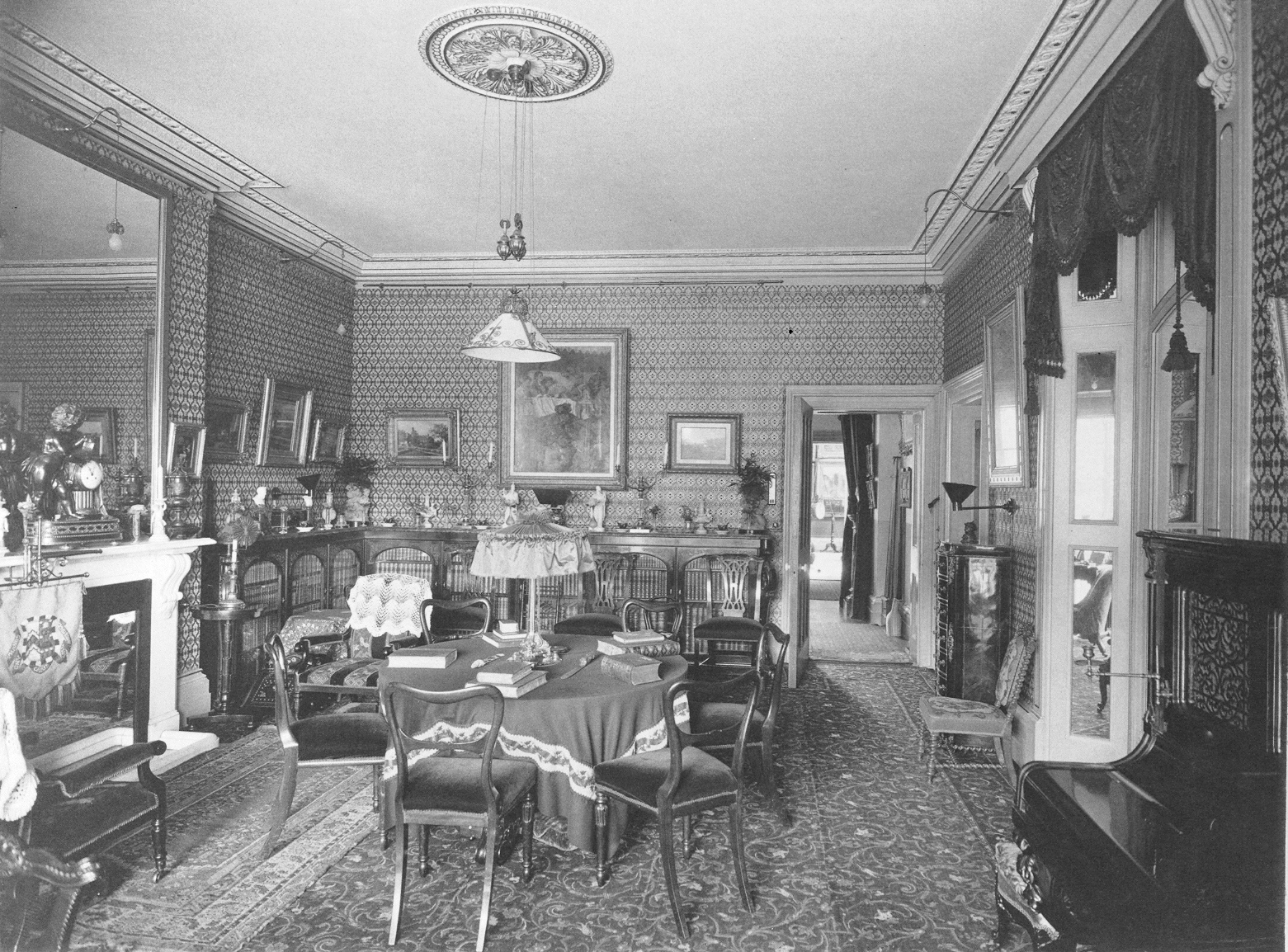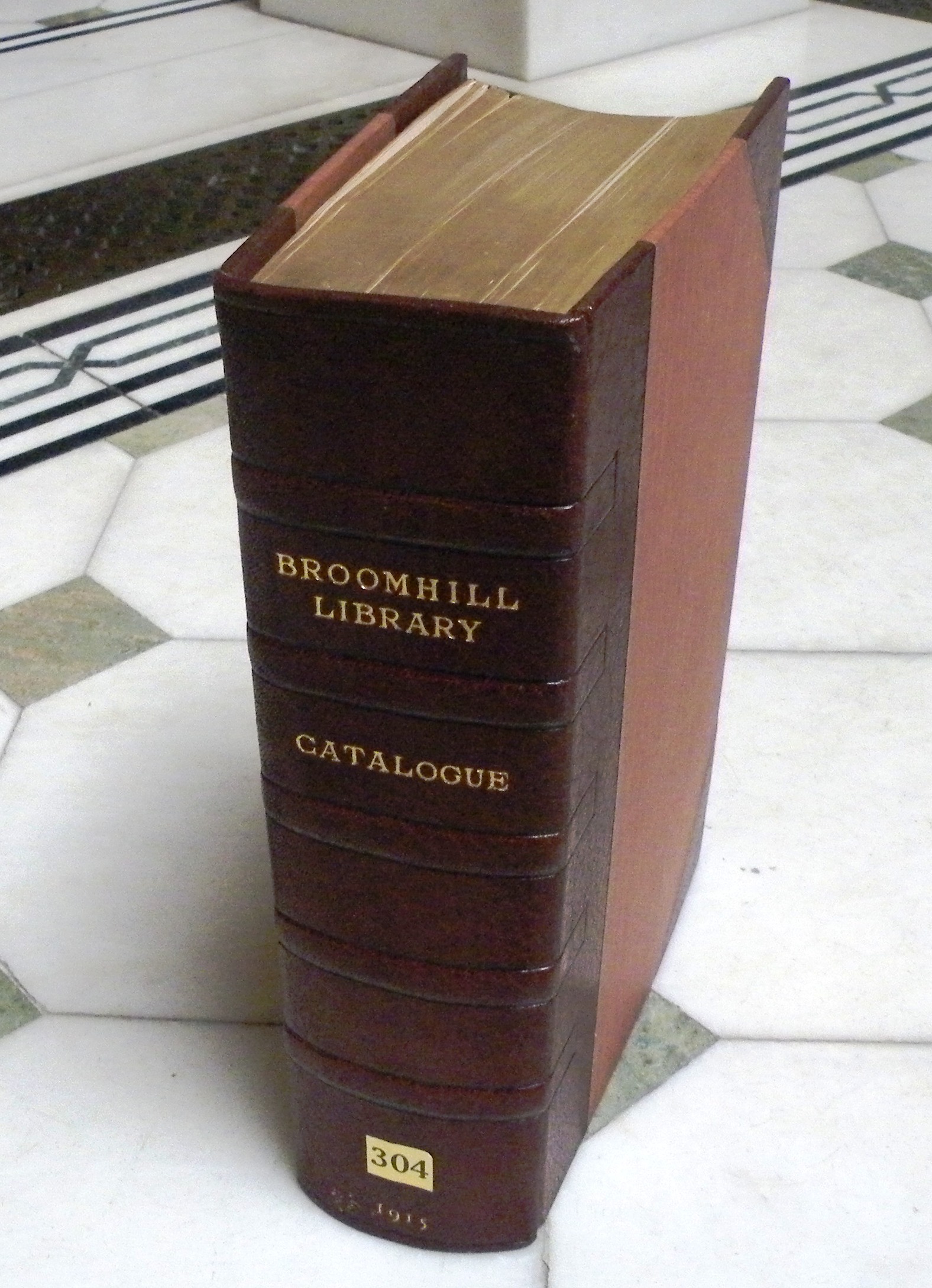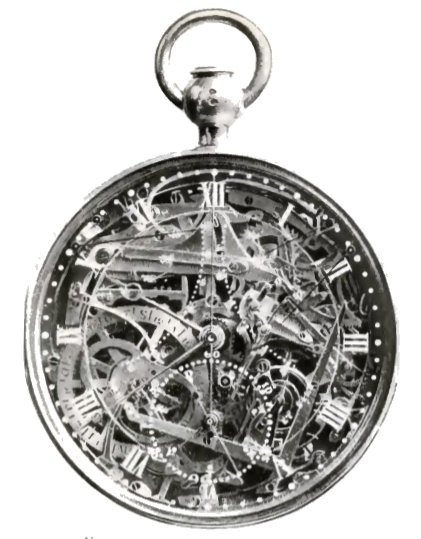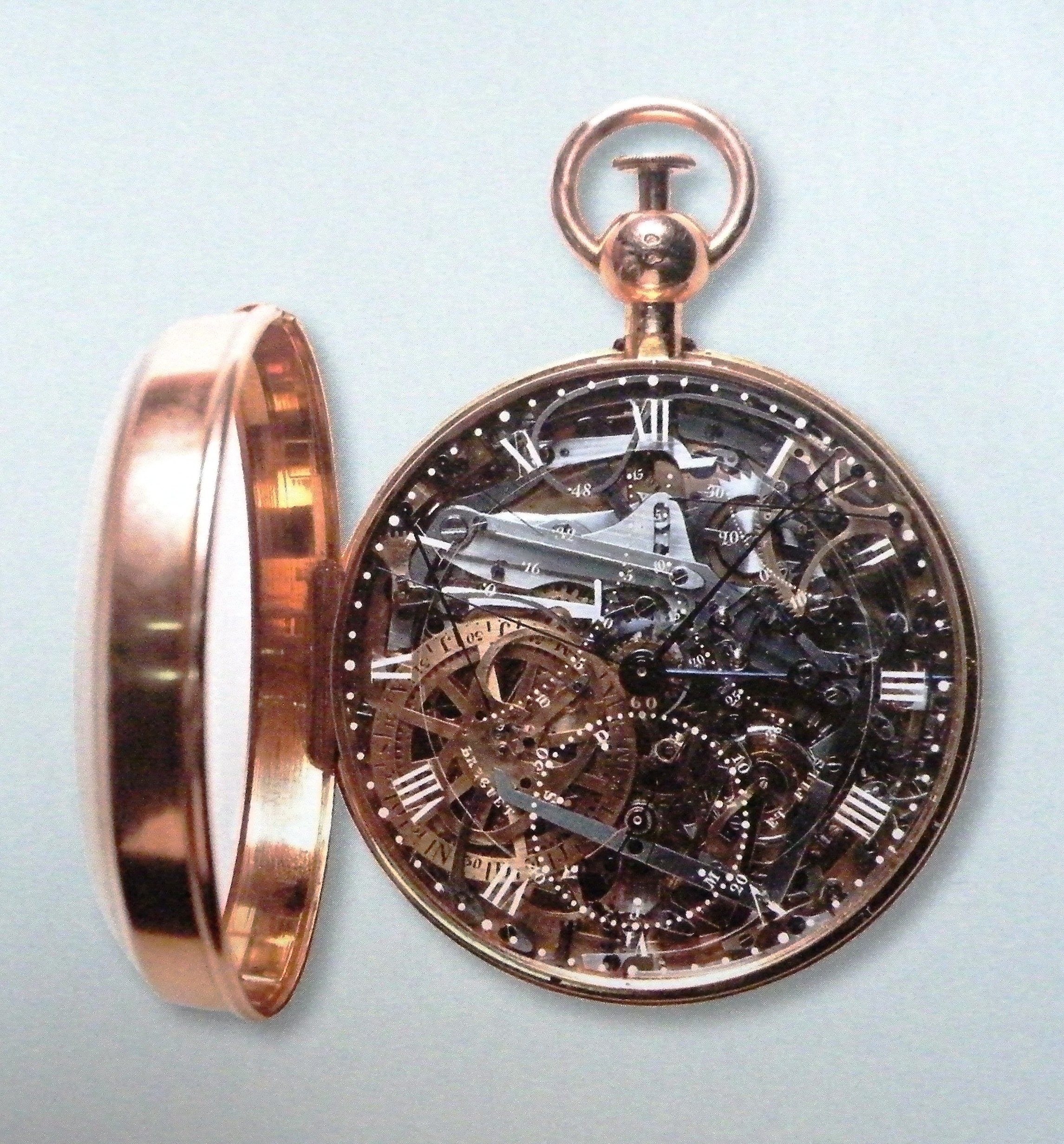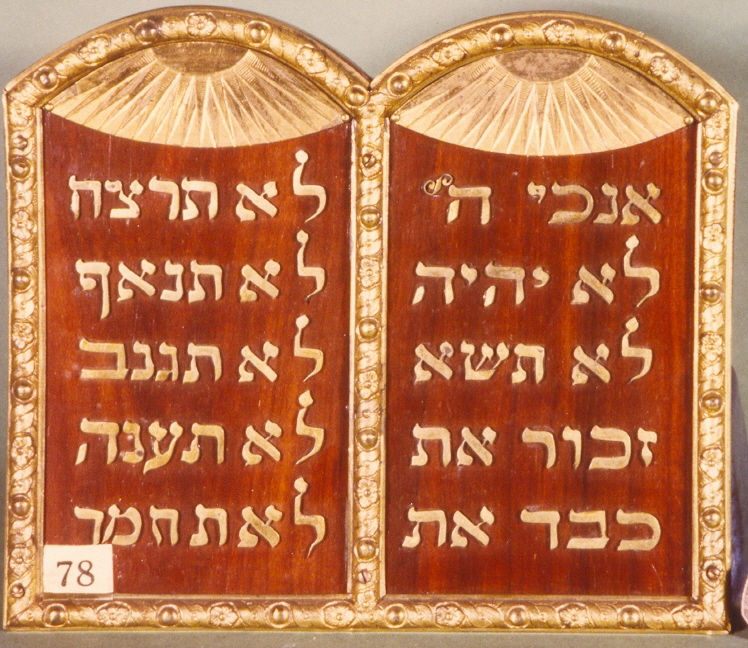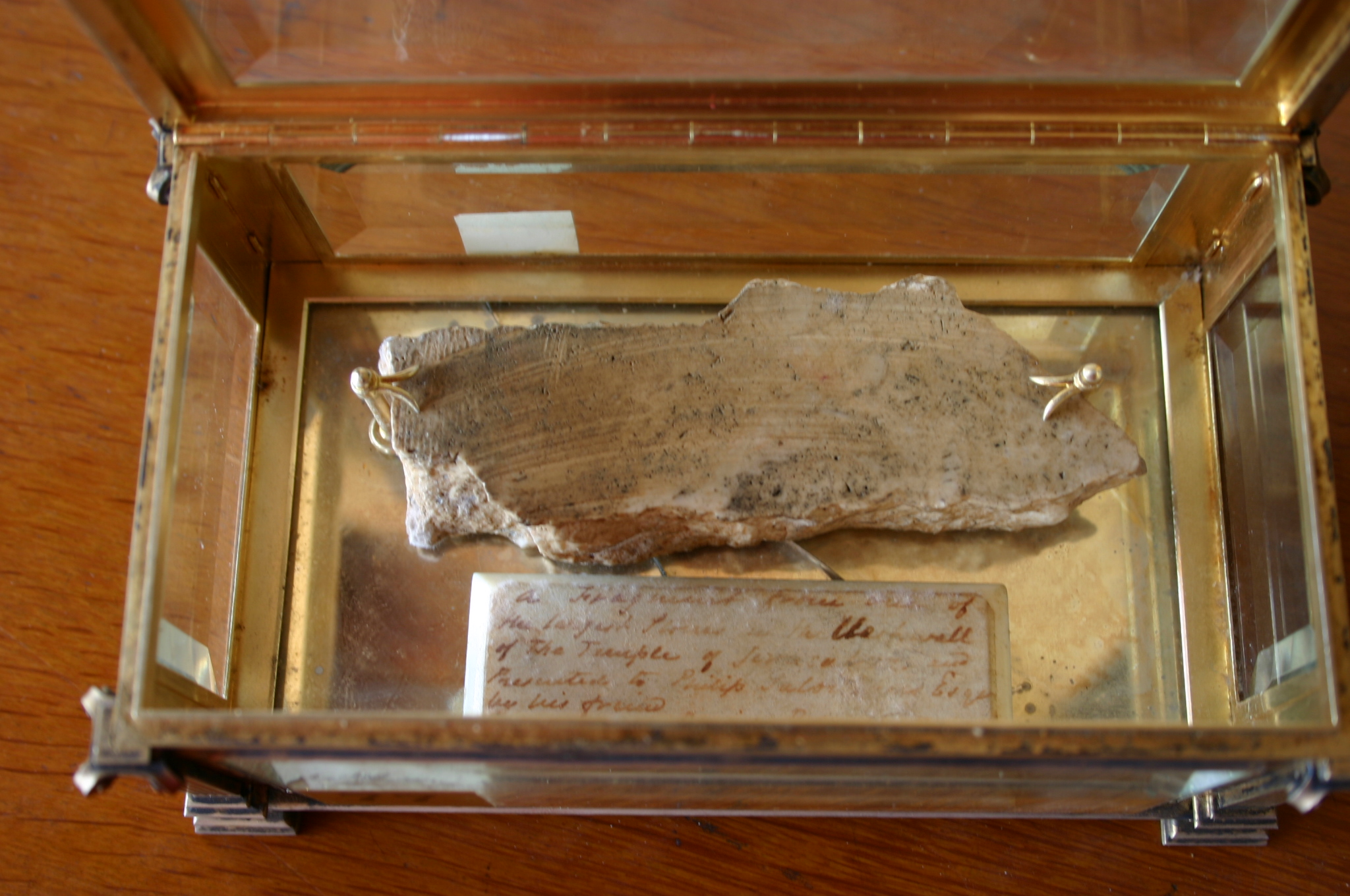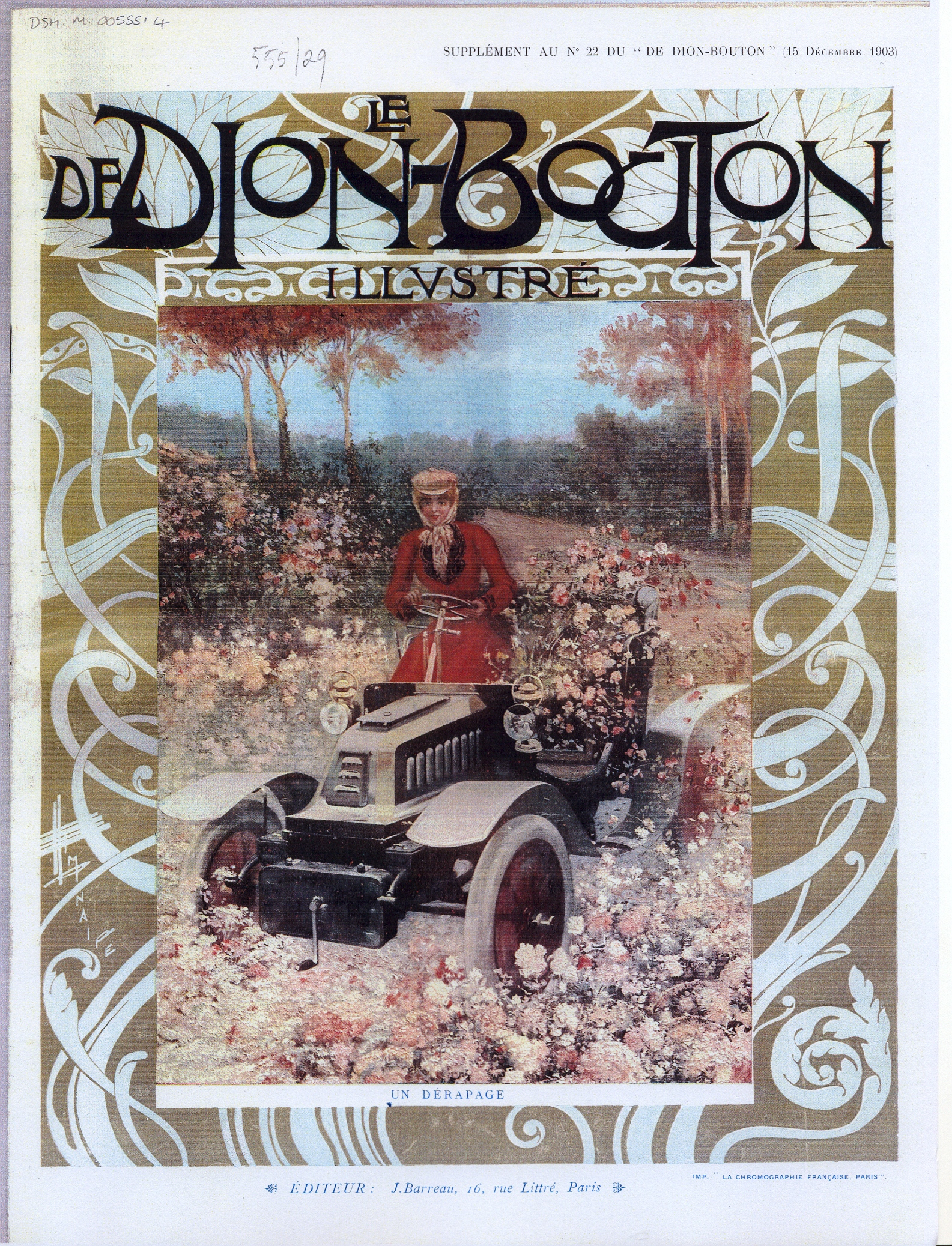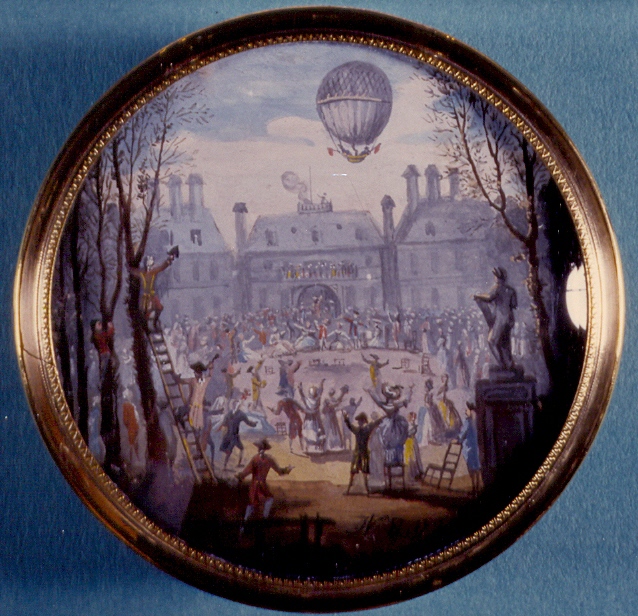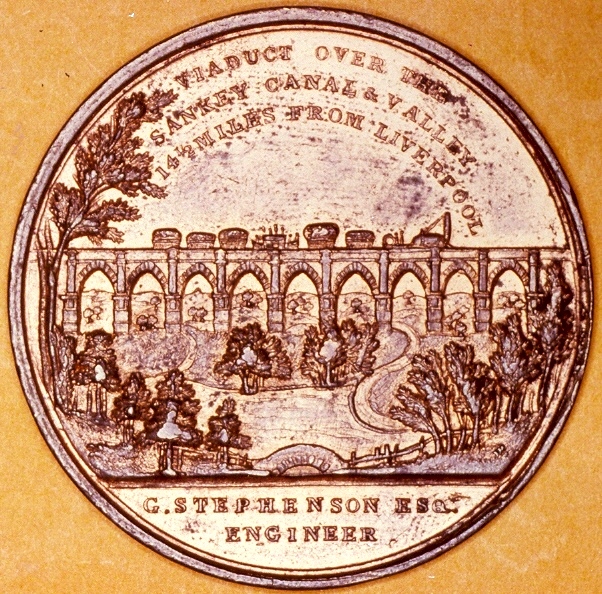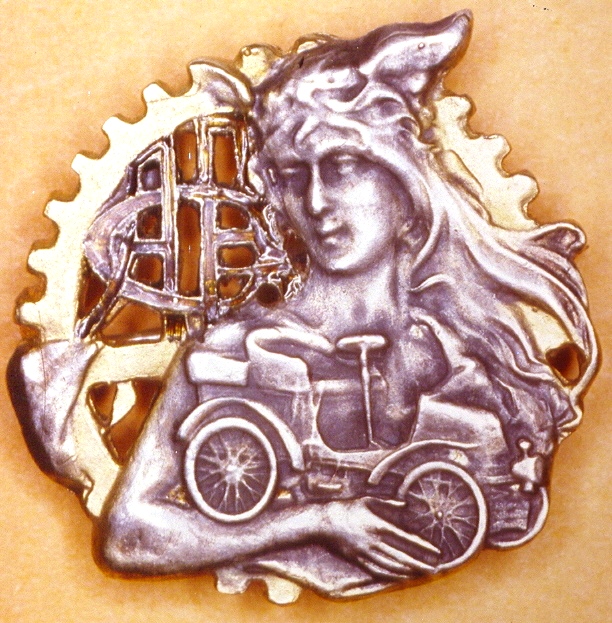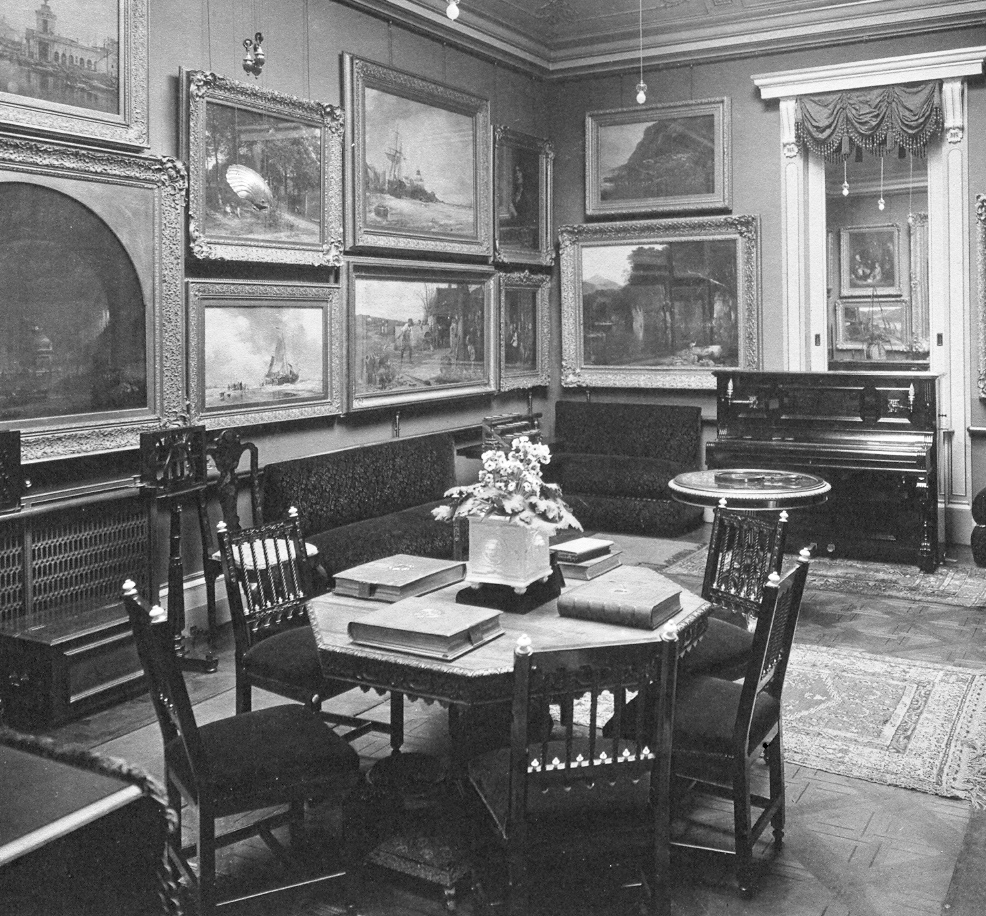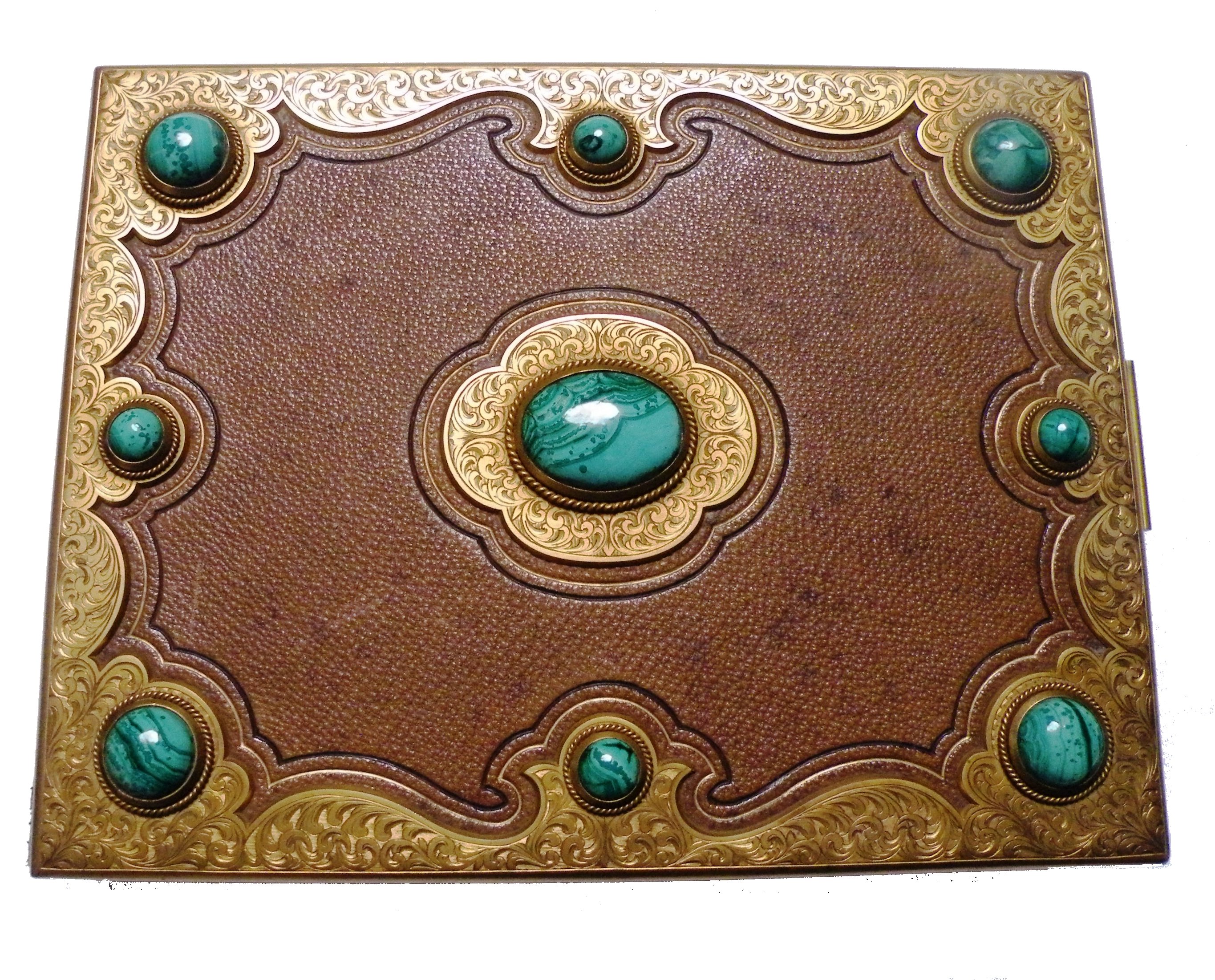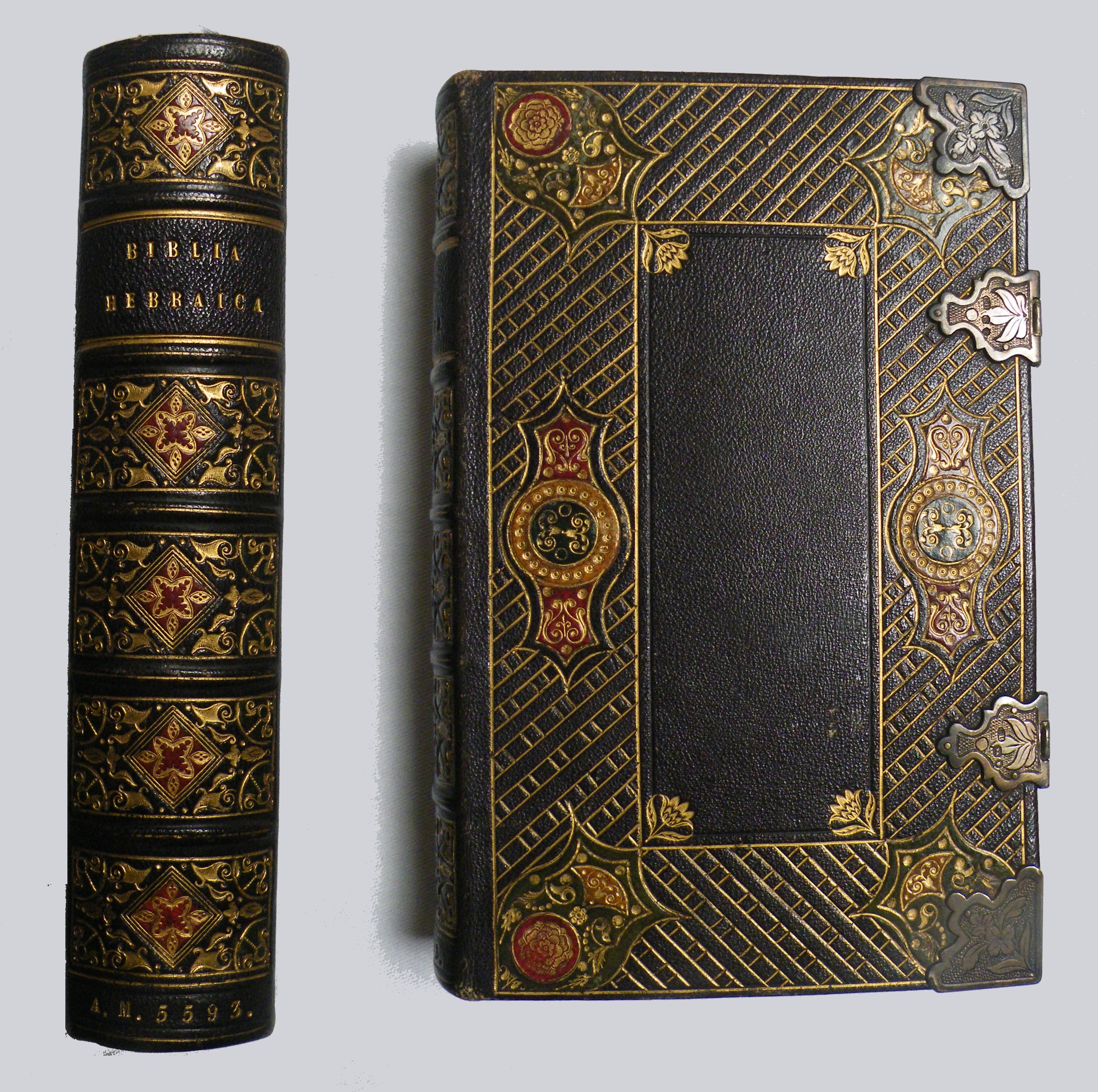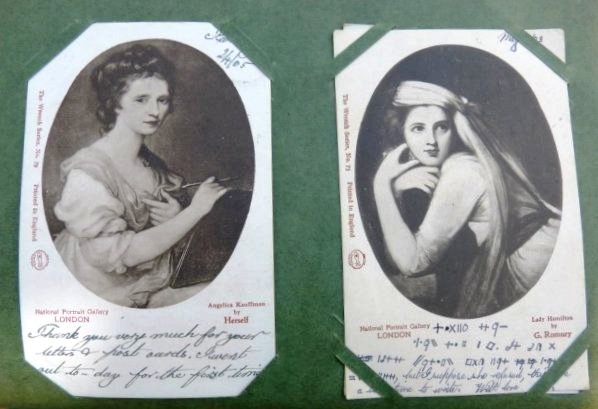David Lionel Salomons once wrote of the 'microbe of the disease "to Collect" [which] cannot be eradicated from
the party so afflicted'*. He himself was so afflicted, but he was not alone: his grandfather,
Levy Salomons; his father, Philip Salomons; and his uncle, the first David Salomons, were all collectors.
Collectors collect for a variety of reasons.
There is the collecting that is associated with connoisseurship, that celebrates the wealth, knowledge
and taste of the collector. It is a public activity, and, in the case of the Salomons, a
means, perhaps, of establishing / confirming a social position. There are other, more personal, collections, created by an
individual's need to analyse, understand, and dominate a particular subject. This was David Lionel's particular
affliction. And then there is the simple urge to preserve keepsakes, mementoes, of happy times,
and of friends and family.
There were collections of all three types at Broomhill. One of them, David Lionel's collection of watches,
was world-class. Most of them are long gone (mainly to good homes elsewhere); but a brief look
at what was there can say much about the people and the place.
* In the preface to his library catalogue (4th edition, 1915/6).
